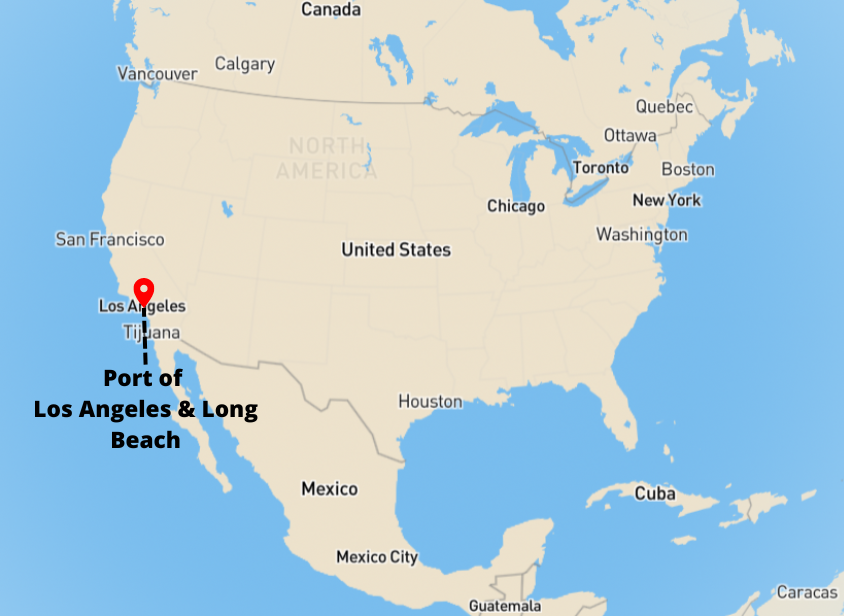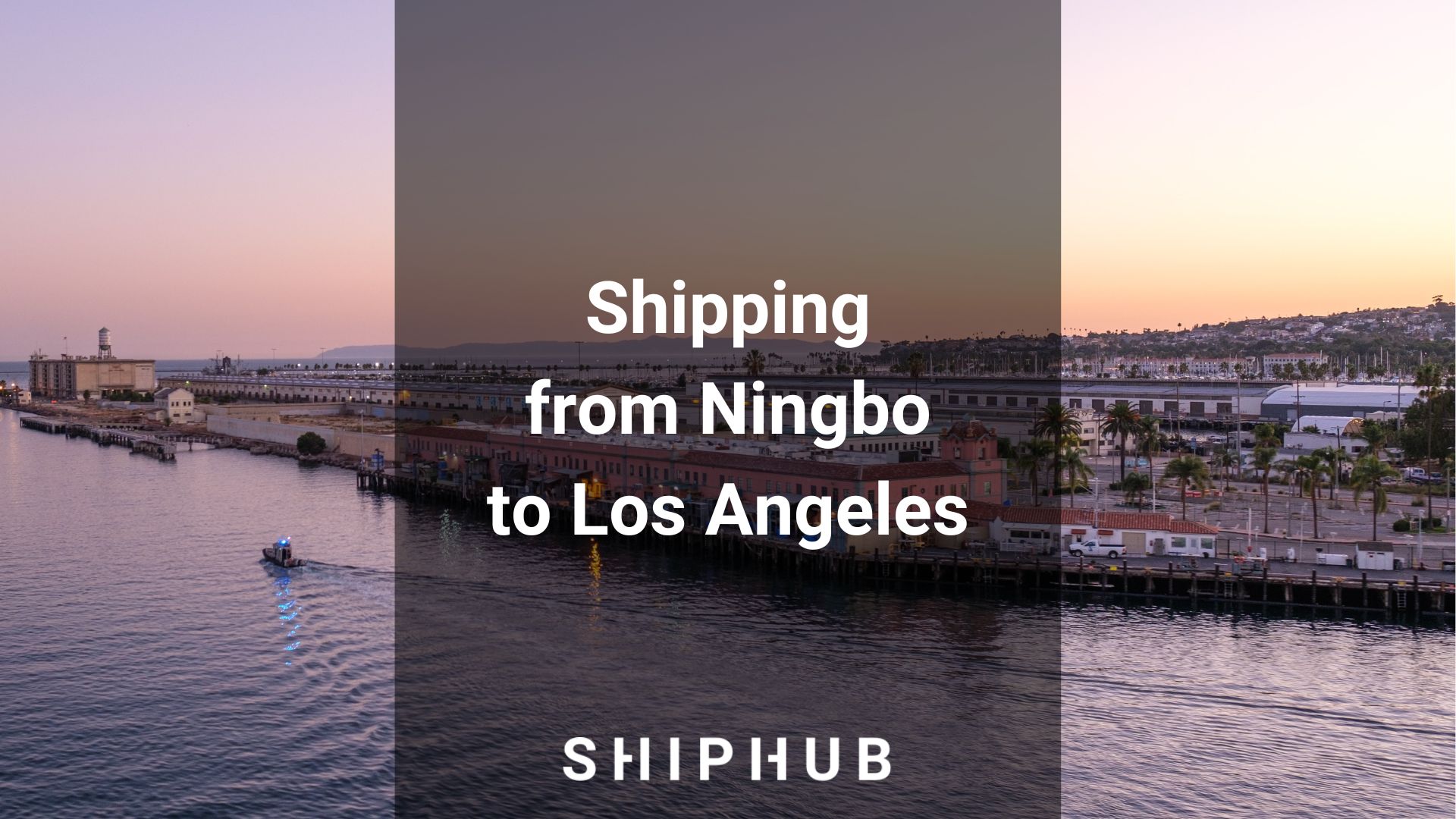Hong Kong has long been recognized as a major global trade and financial center. Its strategic location, well-developed infrastructure, and business-friendly environment have contributed to its significant role in international trade. In this article, we explore different ways of shipping from Hong Kong to Los Angeles.
Relations between Hong Kong and the US
The relationship between Hong Kong and the United States is multifaceted and has evolved over the years due to political, economic, cultural, and historical factors.
Separate from US-China relations, the US and Hong Kong maintain a special economic partnership. Hong Kong, seen as its own customs entity, enjoys unique trade benefits with the United States thanks to the 1992 US-Hong Kong Policy Act. This act ensured favorable trade even after China took over sovereignty.
Top exported goods from Hong Kong to Los Angeles
Hong Kong is a major trading hub known for exporting a wide range of goods to various destinations, including Los Angeles. Here are some common categories of goods that are significant in Hong Kong’s exports to Los Angeles:
- apparel and textiles
- machinery and equipment
- electronics and electrical equipment
- toys and games
- plastics and plastic products
- precious metals and stones
- timepieces and clocks
- jewelry
- optical and photographic equipment
- medical and pharmaceutical products
What are the methods of shipping from Hong Kong to Los Angeles?
There are primarily two main methods of shipping cargo from Hong Kong to Los Angeles:
- sea freight
- air freight
Sea freight from Hong Kong to Los Angeles
Sea shipping, also known as ocean freight, is transporting goods via cargo vessels across oceans and seas. It’s a fundamental component of global trade, enabling the movement of a wide range of products between countries and continents.
On average, sea shipping from Hong Kong to Los Angeles typically takes around 14 to 20 days. This can vary based on factors such as the route taken, the shipping line’s schedule, and any potential delays.
The Port of Hong Kong
The Port of Hong Kong is a major seaport and transportation hub located on the southern coast of China. It’s one of the world’s busiest and most important ports, serving as a critical gateway for trade and commerce in the Asia-Pacific region. The port is managed and operated by the Hong Kong Port and Maritime Board.

The Port of Los Angeles
The Port of Los Angeles, often referred to as the Los Angeles Harbor or World Port LA, is a major seaport in San Pedro Bay in Los Angeles, California, US. It is one of the largest and busiest ports in the world, serving as a crucial gateway for international trade and commerce.

Air Freight from Hong Kong to Los Angeles
Air shipping is much faster but also more expensive than sea shipping. The average transit time for air cargo from Hong Kong to Los Angeles is around 1 to 2 days, but this can vary based on flight availability, routing, and customs clearance.
Hong Kong International Airport
Hong Kong International Airport is the primary cargo airport in Hong Kong. It is one of the busiest cargo airports in the world and a major hub for air freight and logistics in the Asia-Pacific region. The airport has dedicated facilities and infrastructure to handle various types of cargo efficiently.

Los Angeles International Airport
Los Angeles International Airport serves as a significant cargo airport in Los Angeles. While this airport is primarily known for its passenger traffic, it also handles a substantial amount of air cargo due to its strategic location and extensive global connectivity.

How much does shipping from Hong Kong to Los Angeles cost?
After analyzing this data, it’s clear that transportation costs can change due to the selected transportation mode and the characteristics of the goods in transit. Predicting these costs on your own can be a challenge. However, there is an easy method to evaluate offers from reliable freight forwarders using ShipHub for free. You can access multiple quotes without fees and choose the best solution that matches your shipping needs.









